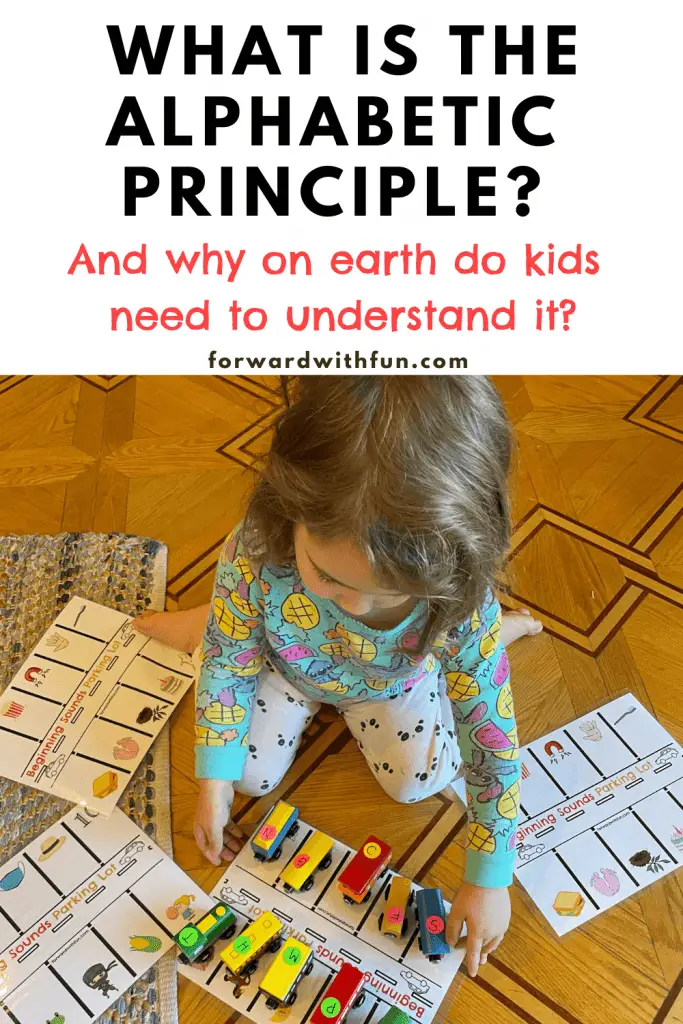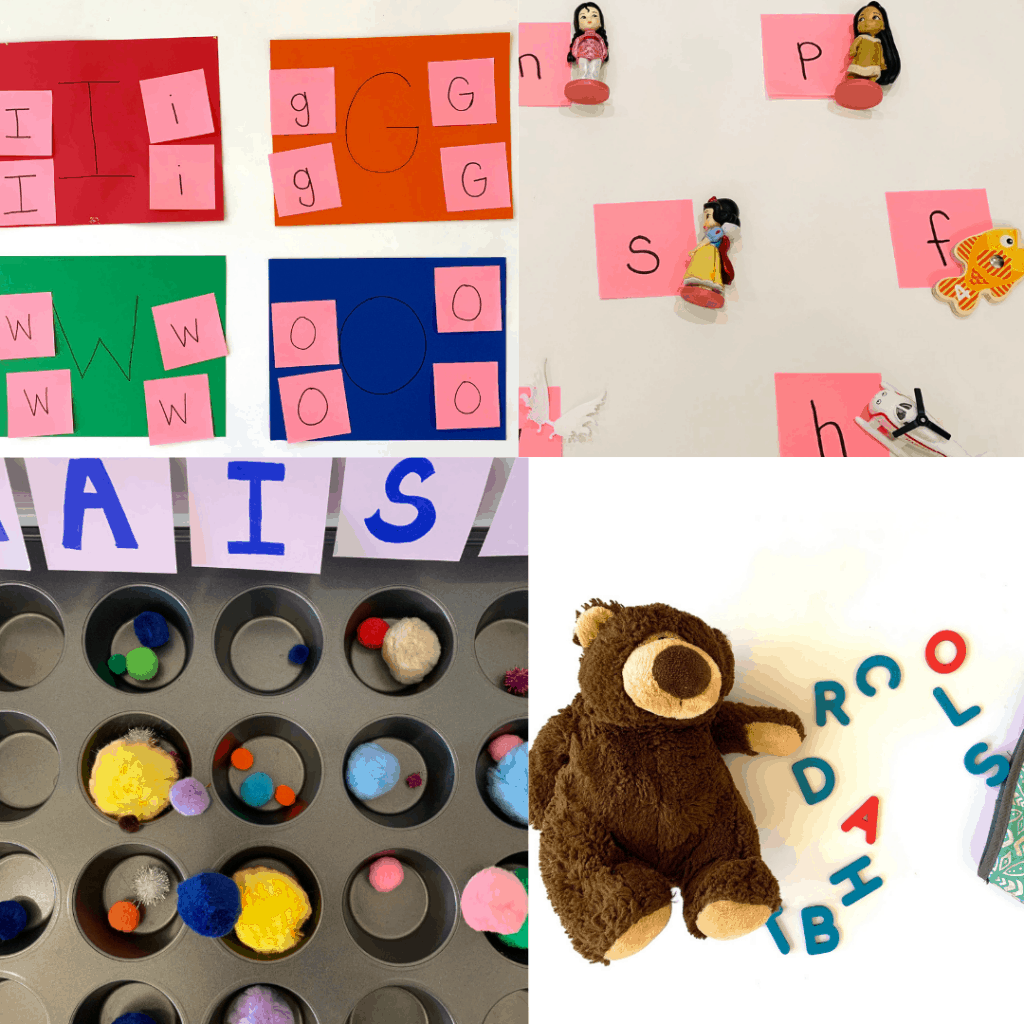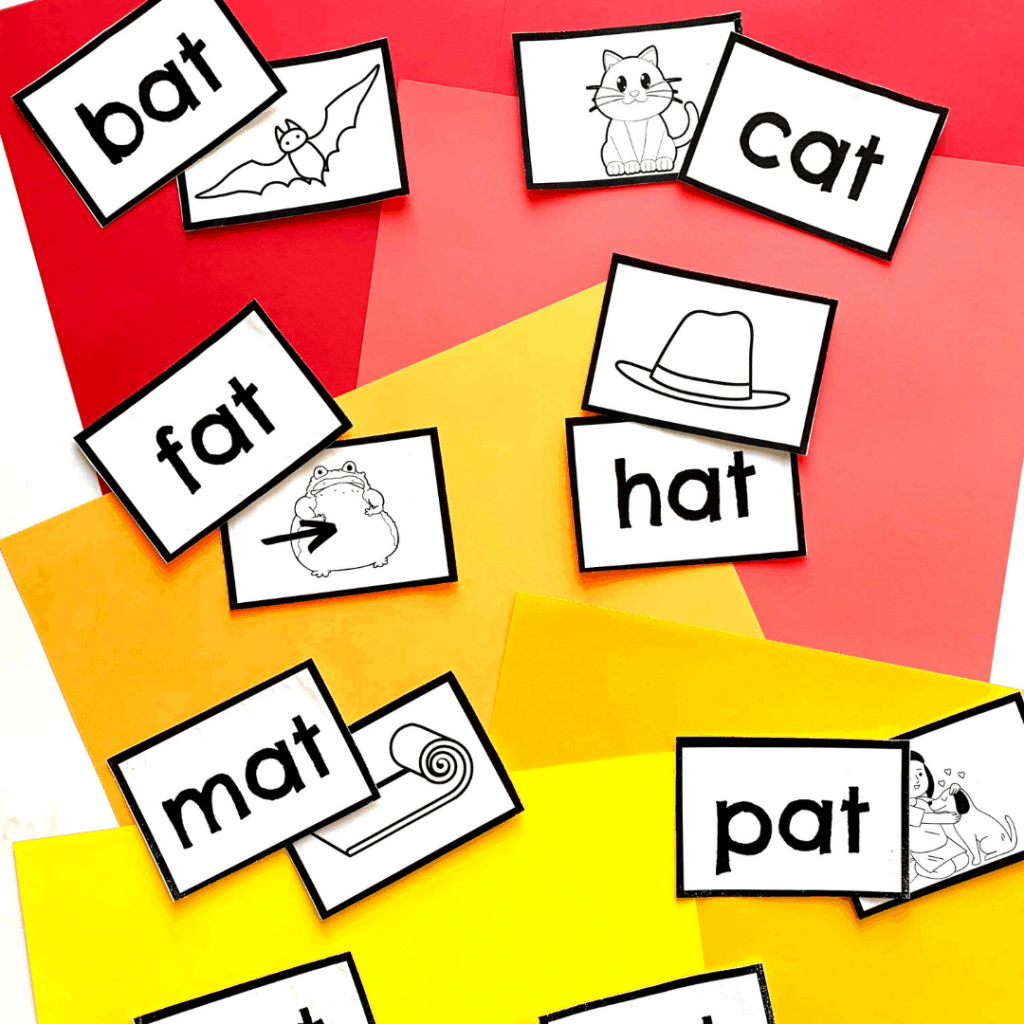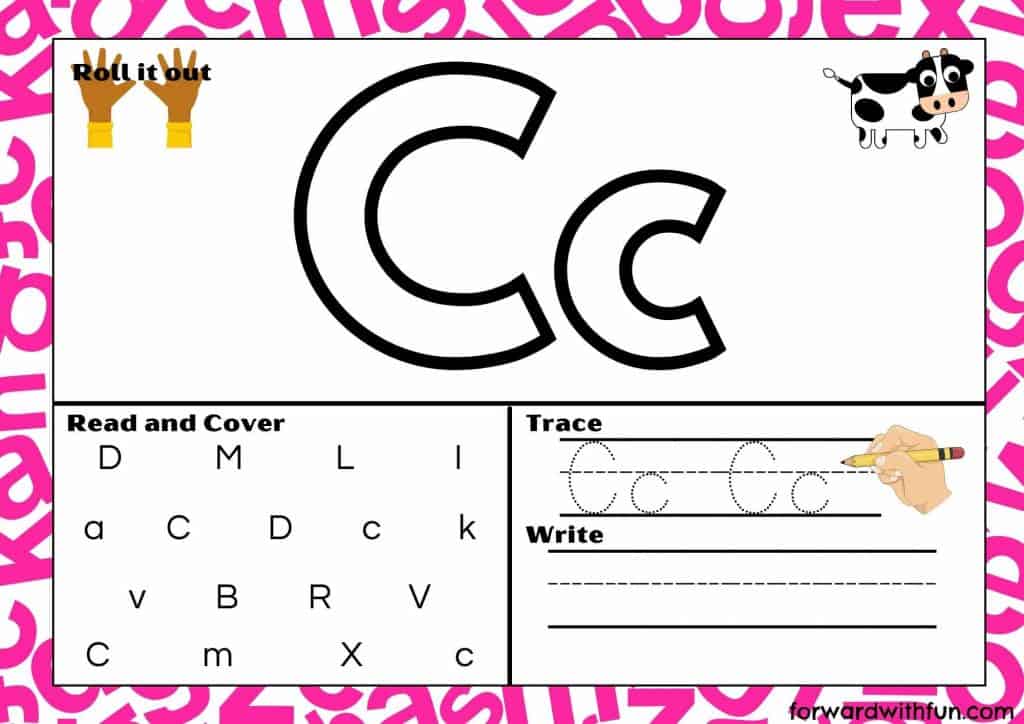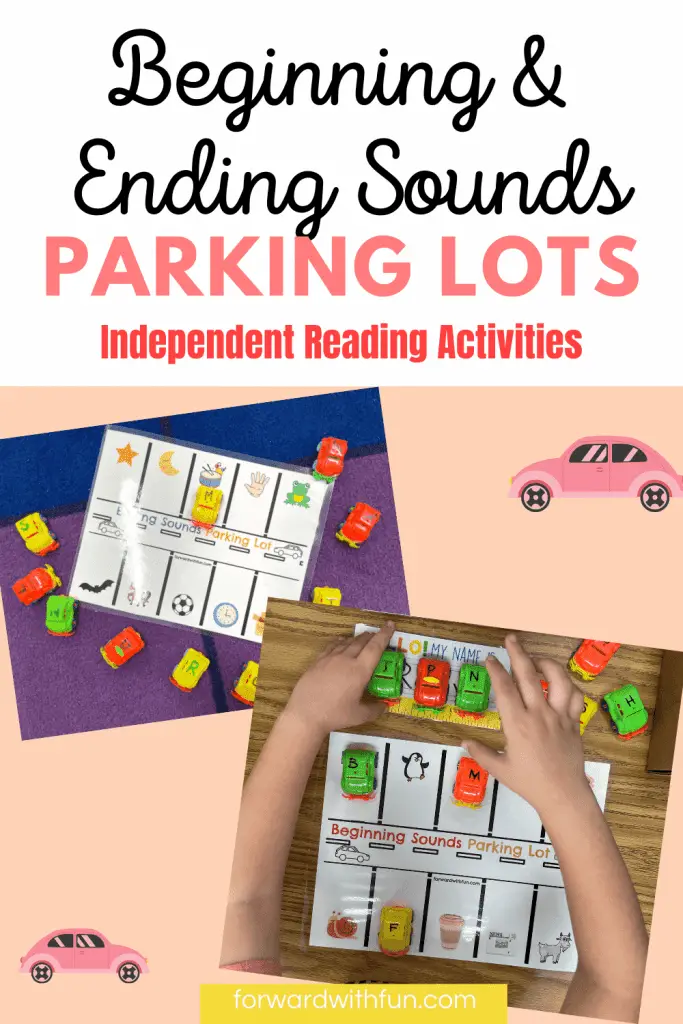As young children embark on their journey into school, they encounter a crucial concept known as the alphabetic principle.
What is the alphabetic principle?
The alphabetic principle is the understanding that there are systematic and predictable relationships between letters and sounds in language.
Basically, it is the idea that what we say and hear can be represented by letters and words! Understanding this idea lays is a key beginning step in literacy development.
*As an Amazon Associate I may get a small commission if you decide to purchase from my links. Thank you.
Why is the Alphabetic Principle important?
The alphabetic principle is the recognition that written words are made up of individual sounds, known as phonemes, and these sounds are represented by letters. It is the fundamental link between spoken language and written text.
The alphabetic principle allows children to decode words by associating the sounds they hear with corresponding letters or groups of letters.
Why do kids need to understand this?
The understanding of the alphabetic principle builds 3 essential skills for learning to read and write fluently:
- Phonemic Awareness: Mastering the alphabetic principle cultivates phonemic awareness—the ability to hear, identify, and manipulate individual sounds in words. This crucial skill enhances children's reading and spelling abilities.
- Word Recognition: When children understand the alphabetic principle, they can identify familiar words quickly and accurately. This skill enables fluent reading and builds confidence in young readers.
- Vocabulary Expansion: By recognizing letter-sound relationships, children can sound out and decode unfamiliar words, expanding their vocabulary and comprehension skills.
Tips for Teaching the Alphabetic Principle
- Phoneme Isolation and Segmentation: Encourage children to break words into individual sounds. Begin with simple, three-letter words and guide them in isolating and blending phonemes. For example, in the word "cat," help them recognize the /k/, /a/, and /t/ sounds. Start with beginning sounds and work your way up to ending and middle sounds.
- Word Families: Teach children about word families—groups of words with the same ending sound but different beginning sounds (e.g., cat, bat, sat). This approach reinforces the alphabetic principle by highlighting sound patterns and illustrating how changing initial sounds can create new words. Here are some free printable word family resources for the "at word family" and the "an word family."
- Model decoding: When you look at words together, demonstrate how to "sound out" the words and then blend the sounds together, pointing to each letter as you sound it out.
- Letter Manipulation: Engage children in activities where they can manipulate letters to create new words. For instance, provide a set of magnetic letters (we love these most!) and encourage them to rearrange them to form different words. This exercise using the letter magnets and a baking tray reinforces their understanding of letter-sound relationships and develops phonemic awareness.
- Read Alouds: Regularly read aloud to children, focusing on stories with repetitive patterns and rhymes. This exposes them to various letter-sound combinations while also reinforcing the ideas that the words stay the same every time.
- Practice and Reinforcement: Don't expect them to get it after just a couple times. Practice and expose kids to the letters and words all around them. Think of it as planting seeds; they take time to grow and blossom.
Free resources to help reinforce the concept:
A kindergartner once told me, "Wow, Ms. KZ, the letters are all around us." It was that aha moment, that psychological paycheck that teachers live for. I want to help kids all over the world have success in reading and understanding that truly the world unlocks when literacy is achieved. Here are some more resources to help your little one see the words all around them!
- FREE 26 Letter sounds play dough mats (click the pic)
2. FREE Ending sound bingo game to enhance phonemic awareness (click the pic)
3. Beginning and Ending Sound parking lots for car lovers! (This one is $4.50)
Buy now!

